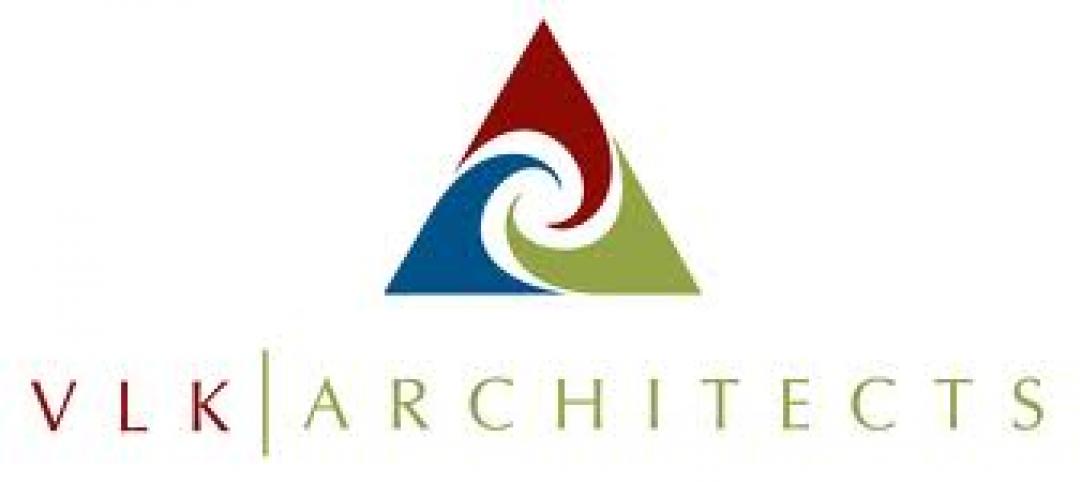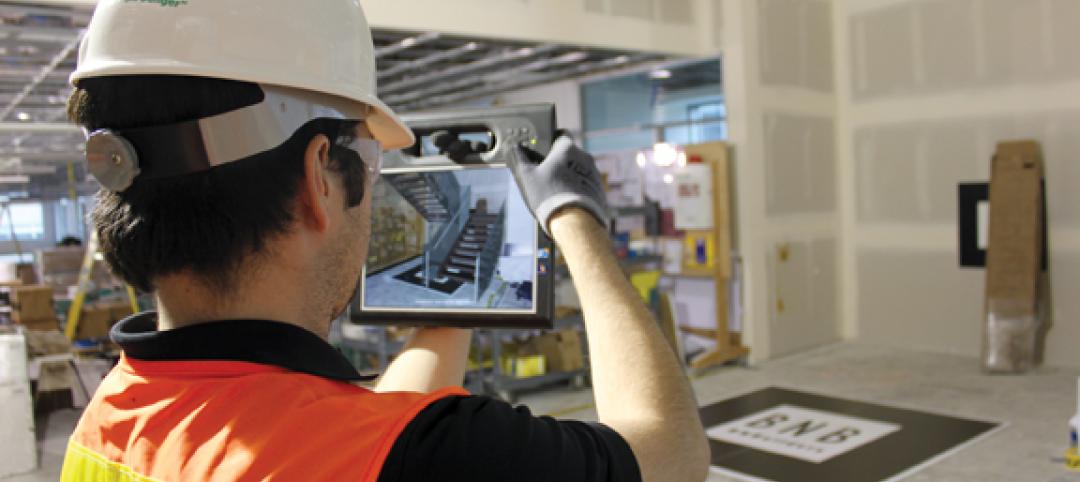Established on the South Coast of New South Wales in 1980, Edmiston Jones (EJ) is an architectural firm based in Nowra, Wollongong and Batemans Bay. The practice has grown to a solid architectural team consisting of qualified architects supported by technicians and clerical assistants. Their prime objective is to provide highly creative and innovative design solutions delivered with a clear management process that keeps clients involved and informed. Environmentally sensitive buildings that maximize site opportunities, while responding to climate and context, are the outcome of their design process.
Challenges
Edmiston Jones was in need of a simple and efficient billing process. Employees used to manually enter their time into Excel and then produce invoices on a separate system based on the spreadsheet calculations. “Using one system to enter data and then transferring this data to different software to create invoices and reports was very time consuming and open to errors”, said Lesley Drysdale, Accounting Manager of EJ. She wanted a software product that would streamline the entire process and automate time and expense tracking, billing, invoicing and reporting for her firm.
Solution
Since EJ employees primarily use Apple computers, they needed a solution that was compatible with Macs. The Executive Assistant at EJ was in charge of the product evaluation process and she found that there were not many Mac-based solutions available that were easy to use and had the functionality that they were looking for. After researching online, she stumbled upon ArchiOffice and was immediately attracted to the product’s intuitive and streamlined design, robust features and high level of value for a reasonable price. She requested a live demo to see the software in action and was not disappointed by the presentation.
Benefits & Results
Smart Project Management
Since installing ArchiOffice, employees at EJ have had great experiences working with the software. Lesley mentions that the firm heavily uses the project management and reporting features: “Project leaders use the tasks and time sheet reports in ArchiOffice to manage their time and percentages on a weekly basis. Also, phases and job codes work well - we have a few projects that use consultants as part of our fee, so sub-phases are a great way to manage this as well as producing reports. The Budget vs. Actual Report gives us the necessary information for our monthly billing cycle and the best part is we can invoice from the same software that we use to track time.”
Robust Reporting
“I use the Report section quite a lot to produce information relevant for our quarterly review meetings where we document staff percentages, non-chargeable time, write ups and downs per project and per project type, fee proposal success, professional development accrual, etc.”, Lesley continued.
Efficient Billing
When asked about how ArchiOffice has increased her firm’s efficiency, Lesley said, “Invoicing has become more streamlined and easier to manage, especially on large projects with consultants. Productivity has increased dramatically as we spend less time on managing projects since all relevant information is in one place.”
About BQE ArchiOffice:
ArchiOffice is a simple-to-use project management and time tracking software created by architects, for architects. It offers mobility that meets your needs in an intuitive and streamlined design that works across all major platforms.
To learn more about ArchiOffice or schedule a free demo today, visit here.
Related Stories
| Feb 2, 2012
Call for Entries: 2012 Building Team Awards. Deadline March 2, 2012
Winning projects will be featured in the May issue of BD+C.
| Feb 2, 2012
VLK Architects selected for new Cypress, Texas elementary school
The Bridgeland Elementary School will be a new prototype school for the District. Designed to meet the requirements of The Collaborative for High Performance Schools.
| Feb 2, 2012
Mortenson Construction to build 2.4 MW solar project in North Carolina
Located on a 12 acre site in the Sandhills region, the 2.4 megawatt (MW) system is expected to generate approximately 3.5 million kilowatt hours (kWhs) of clean electricity on an annual basis.
| Feb 2, 2012
Shawmut Design and Construction launches sports venues division
Expansion caps year of growth for Shawmut.
| Feb 2, 2012
Fire rated glazing helps historic university preserve its past
When the University embarked on its first major addition since the opening of Hutchins Hall in 1933, preserving the Collegiate Gothic-style architecture was of utmost importance.
| Feb 2, 2012
Delk joins Gilbane Building Co.
Delk to focus on healthcare construction programs and highly complex higher education facilities for Gilbane Building Company’s Southwest region.
| Feb 2, 2012
Next phase of construction begins on Scripps Prebys Cardiovascular Institute
$456 million Institute will be comprehensive heart center for 21st Century.
| Feb 1, 2012
Increase notched in construction jobs, but unemployment rate still at 16%
AGC officials said that construction employment likely benefited from unseasonably warm weather across much of the country that extended the building season.
| Feb 1, 2012
Replacement windows eliminate weak link in the building envelope
Replacement or retrofit can help keep energy costs from going out the window.
| Feb 1, 2012
‘Augmented reality’ comes to the job site
A new software tool derived from virtual reality is helping Building Teams use the power of BIM models more effectively.














